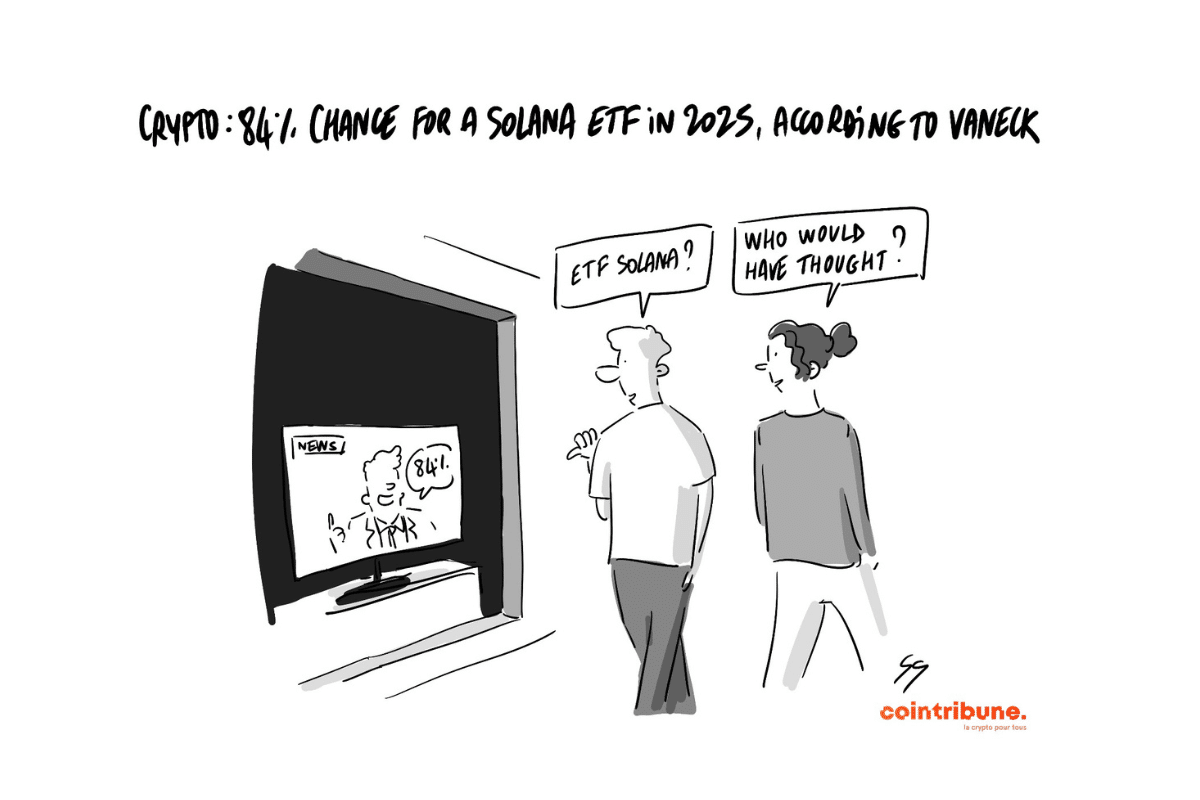VanEck suggests that creating a Strategic Bitcoin Reserve could greatly lower the U.S. national debt, possibly cutting it by 36% by 2050. Senator Cynthia Lummis aims to gather one million Bitcoins in the next five years, believing this will provide lasting financial stability and reduce the debt for future generations.
VanEck’s analysis suggests that a reserve could lower the national debt by about $42 trillion by 2049, with a 5% annual growth in debt and a 25% yearly rise in Bitcoin’s value.
This projection indicates that Bitcoin’s price might go over $42 million, making it an important global financial asset by mid-century, possibly accounting for 18% of the world’s total financial assets, which are anticipated to grow by an average of 7% each year.
Mathew Sigel, head of research at VanEck, highlighted Bitcoin’s potential as a global settlement currency, especially for countries looking for options beyond the U.S. dollar due to financial sanctions. He observed that more people are using Bitcoin as a neutral asset in global trade deals.
VanEck wants to start this reserve by stopping the sale of Bitcoin from U.S. asset forfeiture reserves. They believe that changes in policy under a possible Trump administration could help with this plan.
These changes might involve adjusting gold reserves and using the Exchange Stabilization Fund to buy Bitcoin, making it easier to put into action without a lot of legal obstacles.
Some people are still doubtful, including venture capitalist Nic Carter, who questions whether a Bitcoin reserve can really help the U.S. dollar. Investor Peter Schiff suggested a new digital currency called “USAcoin,” aimed at regular transactions. He thinks it could provide stability, unlike the ups and downs of Bitcoin.
VanEck believes Bitcoin could change how the U.S. manages debt and the financial world, even though there are different views on this topic. The discussion continues between traditional finance and new digital asset approaches.










